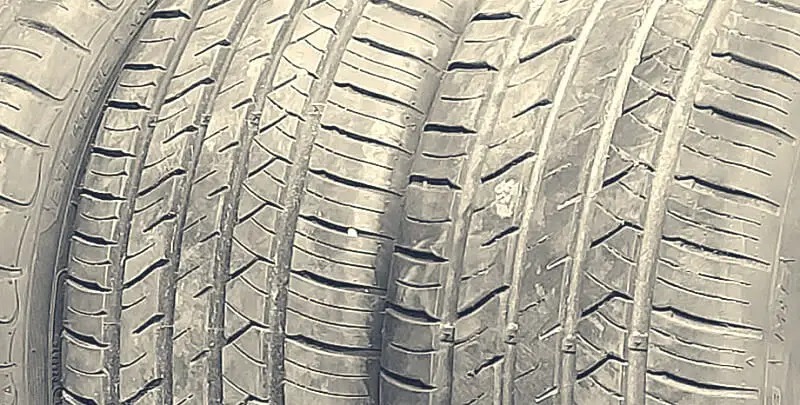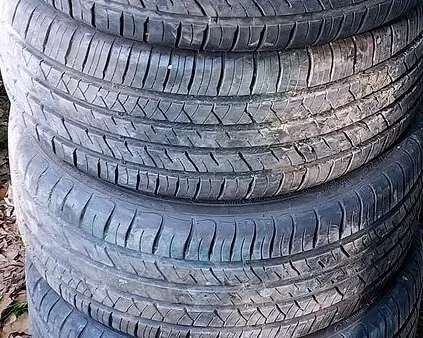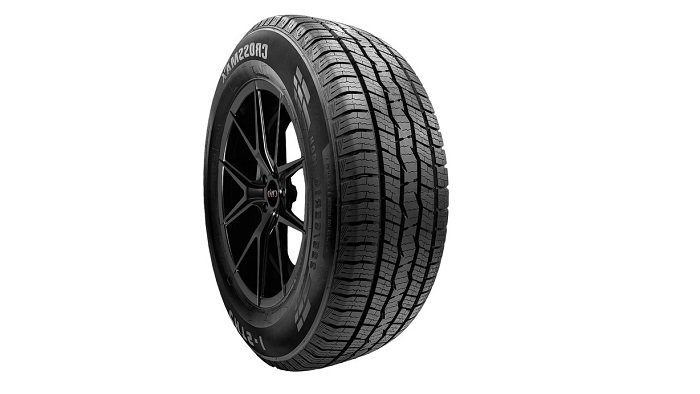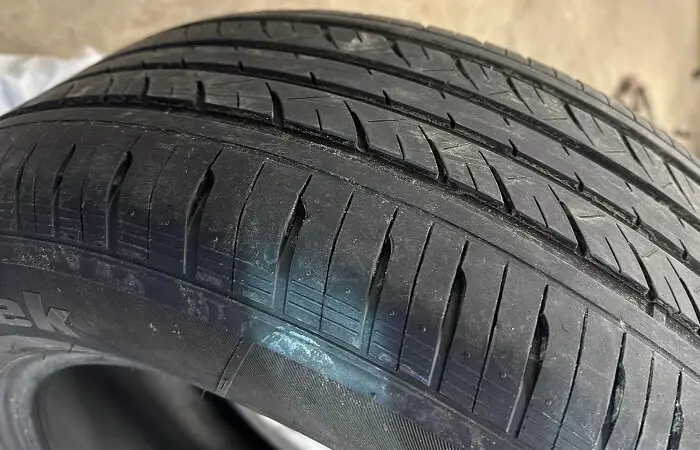Tire Size 235/40r18 vs 225/40r18

While it may seem like a minor change, it’s important to understand the implications before making the switch. We’ll explore the key differences between these tire sizes and how they can impact your vehicle’s performance.
- 225/40R18 tires are 0.39 inches narrower than 235/40R18 tires
- Minor reduction in ground clearance with 225/40R18 tires
- Slightly improved fuel efficiency with narrower 225/40R18 tires
- Minimal impact on ride comfort, possibly a slightly firmer ride
235/40r18 vs 225/40r18
This comparison table will help you easily understand the differences between each option.

Fitment Guide
The overall diameter of 235/40R18 tires is only 1.2% larger than 225/40R18 tires. This minor difference means both sizes should fit the same vehicles without issues.
Replacement tires should be within 3% of the OE tire size to avoid clearance or speedometer problems.
The 235/40R18 and 225/40R18 sizes are well within this range, making direct substitution possible.
Ground Clearance
With a diameter of 25.4 inches, 235/40R18 tires provide 0.31 inches more ground clearance versus 25.09 inches for 225/40R18 tires.
This added clearance benefits off-road driving by reducing the risk of scrapes or damage from obstacles. However, the slightly larger 235/40R18 diameter causes a lower speedometer reading than 225/40R18 tires.

Gas Mileage
The narrower 225/40R18 tires offer slightly better fuel efficiency than 235/40R18 tires.
With less rolling resistance from a smaller contact patch and lighter overall weight, 225/40R18 tires reduce energy loss and provide modest gains in MPG. This can benefit daily drivers and save on fuel costs over time.
Ride Comfort
Both tire sizes deliver a comfortable, smooth ride. The shorter sidewall and smaller diameter of 225/40R18 tires promote responsiveness and handling.
But the slightly taller 235/40R18 sidewall absorbs impacts better, providing a subtle improvement in ride quality over cracked or uneven pavement.
Aesthetics
Visually, there is little difference between 235/40R18 and 225/40R18 tires. Both feature a 40-series sidewall, giving them a low-profile look.
Subjectively, some may prefer the subtly broader stance provided by 235-width tires over narrower 225-width tires. But aesthetic preference comes down to individual taste.

Handling & Stability
The 225/40R18 tire’s shorter sidewall height improves responsiveness and handling precision. The turn-in feel is slightly sharper.
In contrast, the 235/40R18 taller sidewall flexes more, reducing handling response marginally. However, both sizes deliver responsive, stable handling for everyday driving.
Noise & Vibration
Overall noise and vibration levels are similar between the two sizes. The stiffer 225/40R18 sidewall transmits slightly more road noise and vibration into the cabin.
Meanwhile, the 235/40R18 extra sidewall cushioning helps isolate the cabin from noise and harshness. But differences are minor – both provide a quiet, comfortable ride.
Durability & Wear
With a smaller contact patch, 225/40R18 tires may exhibit slightly less wear over time than 235/40R18 tires.
The difference is small, but the narrower tread means less rubber is in contact with the road, reducing wear. Both sizes deliver substantial tread life with proper maintenance.

Adverse Conditions
Both sizes perform well overall in wet, snowy, or muddy conditions. The 235/40R18 additional ground clearance gives a slight advantage in deep snow or very rough terrain.
But the 225/40R18 narrower tread effectively cuts through snow to grip the road better. Performance differences are modest at most.
Speedometer Reading
At an actual speed of 20 mph, the speedometer reads 19.75 mph with 225/40R18 tires versus 20 mph with 235/40R18 tires.
This 0.25 mph speedometer difference is minor but worth being aware of. Always verify actual speed independently when accuracy matters.
What is the Main Difference Between 235/40r18 and 225/40r18?
The main difference between 235/40R18 and 225/40R18 tires is the section width. The 235/40r18 tire size is 0.39 inches wider than the 225/40r18 tire size.
This wider tread provides more contact patch for better traction but may slightly reduce fuel efficiency.

Can I Use 225/40r18 Instead of 235/40r18?
Yes, you can use 225/40R18 tires instead of 235/40R18 tires, as the overall diameter difference is within the acceptable range of 3%.
How Much Taller Is a 235/40r18 Tire Than a 225/40r18?
A 235/40R18 tire is 0.31 inches (8 mm) taller than a 225/40R18 tire, which represents a 1.2% difference in overall diameter.
How Much Wider is a 235/40r18 Tire Than a 225/40r18?
A 235/40R18 tire is 0.39 inches (10 mm) wider than a 225/40R18 tire, which is a 4.3% difference in width.
Our Observation
Depending on priorities, 235/40R18 and 225/40R18 tires have merits. The 235/40R18 provides more off-road clearance and traction, while the 225/40R18 offers marginally better handling and fuel economy.
For most drivers, differences are modest. If maximizing fuel efficiency is important, the 225/40R18 may be preferable. For light off-roading or improved ride quality, the 235/40R18 is advantageous.
Overall, the 235/40R18 is a slightly more versatile choice, combining responsive handling with good clearance and traction. For this reason, we recommend 235/40R18 tires for most applications.

Meet Caitlin McCormack, a Tire Size Expert and Blogger Passionate About Everything Related to Tires. With Years of Experience in the Tire Industry, Caitlin Has Become an Expert in Tire Sizes and Their Impact on Vehicle Performance.
